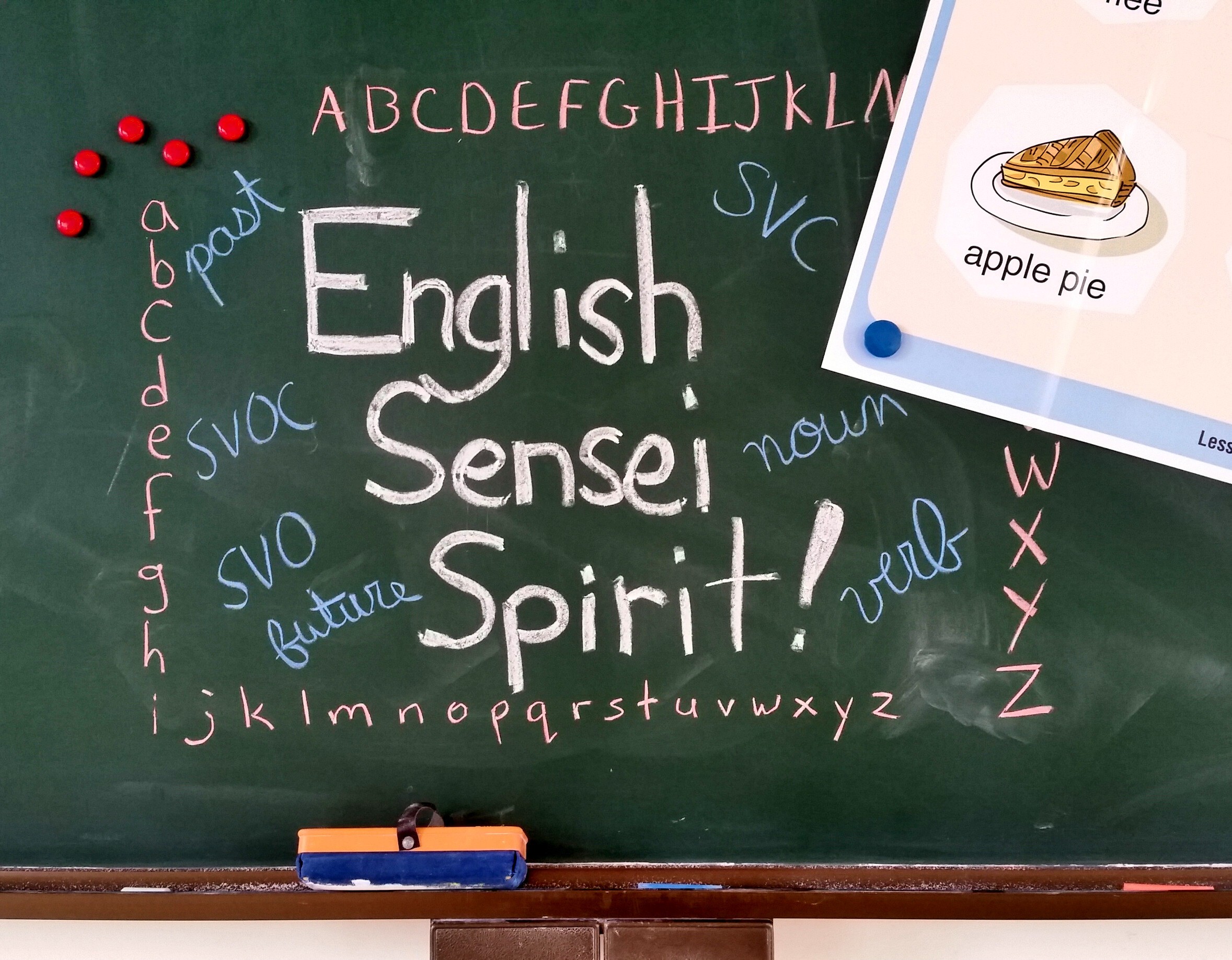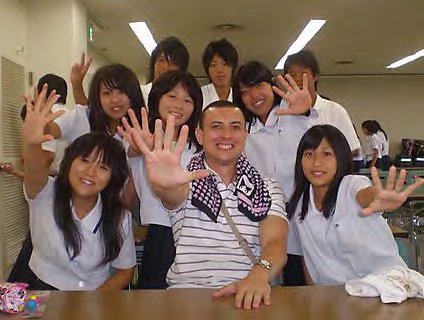Actions are Louder than Words: Using TPR in the Classroom
Â
Â
As ALTs, we are regularly tasked with bringing native English and “fun†activities into the classroom. But how does one necessarily combine solid language teaching in a spirited environment that engages even your most apathetic students? Granted, there is no silver bullet, but I’ve found Total Physical Response (TPR) to be very effective in my classroom here in Japan. Below I share a bit about TPR and provide some resources and ideas. You might find it useful in your classroom, too!
So, what is TPR?
For those unfamiliar, TPR is a method aimed at promoting language proficiency by removing the pressure for students to speak, and focusing on their listening skills – allowing them to first comprehend the language through actions before expecting them to vocally produce it.
This method was conceived in the 1970s by Dr. James Asher, a psychologist who suggested that adult language learning should mirror that of childrens’ language learning. As young children, we are spoken to with very simple language (“give mommy a kiss!â€), and are praised when we respond to these requests. We spend these formative years in a state of looking, pointing, and babbling. No one expects us to produce speech. TPR suggests we apply these same methods for language learners of all ages. That is, de-emphasize speech until enough comprehensible language has been acquired by the learner and they can demonstrate understanding in other ways. So, TPR suggests we teach students using basic language coupled with a physical gesture that emulates the word. Let’s use “run†as an example. The teacher says “class, run!†and the students run in place. The action demonstrates understanding, much the same way we know a two year old understands “run after the ball!†when he sprints for it.
How does it work?
TPR is best for beginners or limited-ability students. So, I decided to try it with my 1-nensei students last April, and was pleased with the results. Most of my students were “genki†during TPR and had no issue exaggerating their responses, even my lowest students. Granted, I was rehashing words they have learned before, but was now tying them to an action to build muscle memory. After quizzing each student twice, and completing two full rounds (100 minutes) of TPR, the average score for my 321 1-nensei students was about 92%. As I mentioned, they have already learned some of these words, but some students were ecstatic to see that 100% mark and sticker on their test. If anything, I hope I am slowly building their confidence so they approach English with a better attitude.
Â
How do I start?
If you want to give TPR a whirl, there are many resources on the internet that can help you get started. Here are a few tips that I think will help guide you as you prepare for your lesson. I use the acronym SMART:
Â
Start simple: Ten to twelve target vocabulary words per lesson. At first, you will need to explain that students are to listen, then perform actions on your command. I recommend having this clarified in Japanese so students know what to expect.
Â
Model: Demonstrate the action you want students to perform for each word. Try to make it as silly as possible. Be sure to use it consistently!
Â
Ask: Confer with the JTE to find your lowest-ability student in class. This is your “barometerâ€. If he or she can perform the actions, with limited hesitation, then odds are the rest of your class comprehends.
Â
React: Praise students when they get it right! Use slow, yet natural English throughout your lesson. Choose your “rockstar†students to demonstrate if you wish.
Â
Test: I always give out a half-page quiz after each lesson – usually less than 10 questions. ONLY test what you have covered. Include matching, multiple choice, translation, or fun logic questions: “can you run on the wall?â€
As you add words, you will need to vary your style. Students will get bored if they are constantly “running, standing, and sitting†for fifty minutes. Introduce adjectives like “slowly, quickly, angrily, etc.†and create novel commands: “run slowly and sit on the chair angrilyâ€. Students will usually giggle at the absurdity of your requests. This is a true sign that they are “getting it!†The more outrageous your commands, the better. Remember to keep it SMART and make it fun. TPR is very flexible and the strength of the class will determine your speed. Always go back and cover words that students struggle with, and be sure to sprinkle them into future lessons.
What are my resources?
Sadly, this short article barely does justice to TPR. While there are no dedicated TPR textbooks, countless teacher-made resources, worksheets, and ideas can be found online. Of course, realia – objects from real life used in classroom instruction – are also a great asset with TPR. So bring in some oversized sunglasses, weird hats, and make English-learning unique and upbeat! Here are few resources to check out if you want to try out TPR (by no means extensive):
TPR World (www.tpr-world.com) links you to a lot of the central researchers on TPR. There are some resources and teacher materials, but also a lot more on theory.
Â
Fluency Through TPR Storytelling by Blaine Ray and Contee Seely offers a step-by-step guide to putting TPR to use in the first few months in your classroom. It is clear, concise, and easy to read. I found this most useful!
Of course, YouTube is a veritable goldmine for teachers showcasing their TPR skills.
Hopefully I’ve given you a brief, yet informative primer on TPR and its application. If it’s something you would be interested in trying, go for it! It’s likely many of your JTEs know this method too. So ask them for some input. Lastly, TPR does not have to be an “exclusive†model. It can easily be used as a quick escape from the routine lesson… even ten minutes at the beginning of class can totally change the tone and energize your kids for English! Give it a shot and Ganbatte! (Bonus points if you can think of a TPR action for that!)
Louie Bertenshaw



